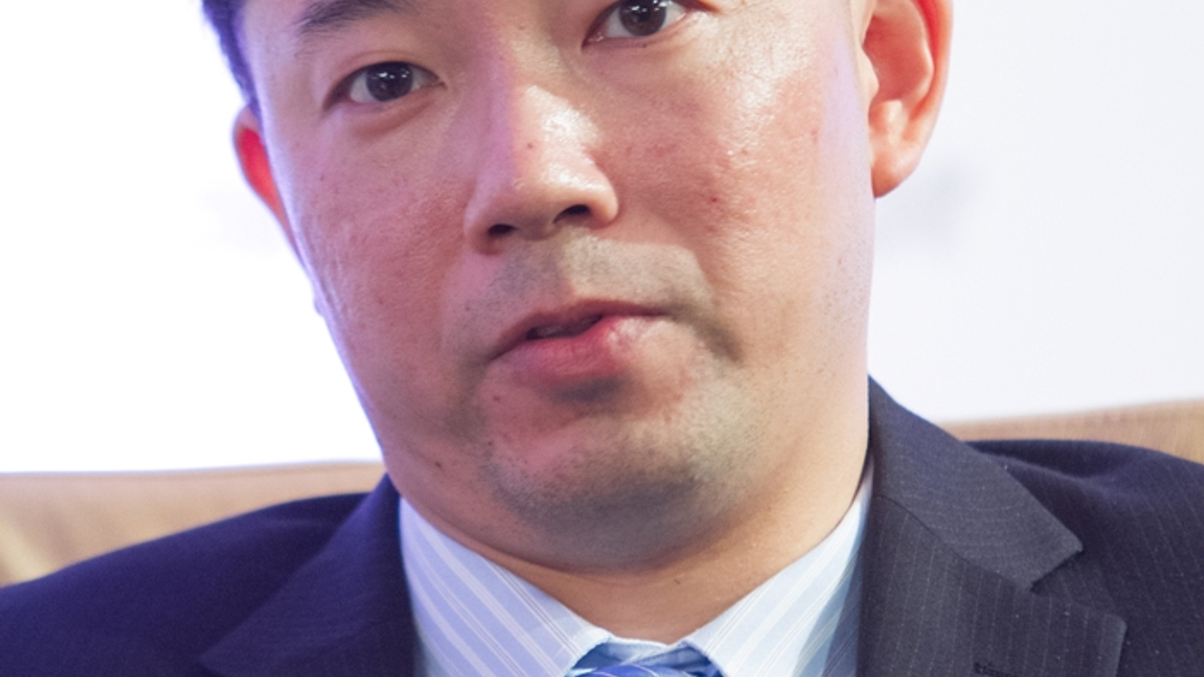Onshore Sino-JV model described as dead
Both foreign and mainland fund houses see the old onshore joint-venture model as obsolete, AsianInvestor’s Art of Asset Management conference hears.

“The JV model for asset management in China is dead, but the JV model for Chinese companies going outside [of China] is still alive,” Young Zhao of Haitong international AM told an AsianInvestor conference this week.
Sign In to Your Account
Access Exclusive AsianInvestor Content!
Please sign in to your subscription to unlock full access to our premium AI resources.
Free Registration & 7-Day Trial
Register now to enjoy a 7-day free trial—no registration fees required. Click the link to get started.
Note: This free trial is a one-time offer.
¬ Haymarket Media Limited. All rights reserved.


